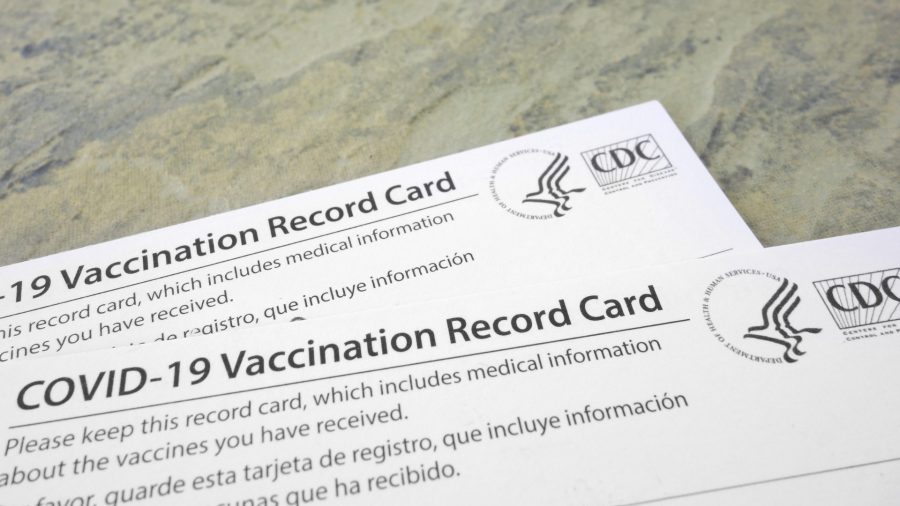More farmers are declaring bankruptcy despite record levels of federal aid, reported The Wall Street Journal (Aug. 6).
About 580 farmers filed for Chapter 12 bankruptcy protection in the 12-month period ended June 30, according to federal data—8% more than a year earlier.
In 2019, farm bankruptcies were up, reported FB.org. Chapter 12 family farm bankruptcies increased by nearly 20% from the previous year, according to data from U.S. courts. Looking at figures from over the past decade, the 20% increase follows only 2010, the year following the Great Recession when Chapter 12 bankruptcies rose 33%.
With slightly more than 2 million farms in the U.S., the 2019 bankruptcy data reveals a bankruptcy rate of approximately 2.95 bankruptcies per 10,000 farms, just below the rate of 2.99 filings per 10,000 farms in 2011.
However, bankruptcies slowed slightly in the first half of 2020, partly due to an infusion of federal aid and hurdles to filing during the pandemic, according to agricultural economists and attorneys. In April, The Wall Street Journal reported that President Trump announced a $19 billion relief program for the agriculture sector.
The effort, called the Coronavirus Food Assistance Program, included $16 billion in direct payments to farmers and ranchers and $3 billion in mass purchases of dairy, meat, and produce distributed through food banks.
The Trump administration is now expected to distribute a record $33 billion in payments to farmers this year, according to the University of Missouri’s Food and Agricultural Policy Research Institute (FAPRI). The funds would push government payments to 36% of farm income, the highest share in nearly two decades, the institute said.
“Agricultural markets have been horrible, and the pandemic exacerbated it, big time,” said Paul Swanson, an Oshkosh, WI-based attorney. Swanson said some clients who received federal coronavirus aid still wound up in bankruptcy. “The cash came in, the cash came out,” he said.
Buoyed by the $16 billion in direct payments to mitigate pandemic-related losses, farm income might tick down only 3% this year to $90.6 billion, FAPRI predicted in June. As of the week ending Aug. 7, less than $7 billion of the funds were distributed, according to USDA.
If more aid isn’t extended, farm income is expected to fall 12% to $79.4 billion in 2021, indicated FAPRI, and government payments would drop by half to less than $17 billion.
An “unusually large” portion of U.S. farmers and ranchers expects worse financial performance on their farms this year than last, according to a Purdue University survey released on Aug. 4, reported Successful Farming (Aug. 5). Although producers are less worried by the pandemic than in the spring, they are calling for President Trump and Congress to provide more money.
Few farmers and ranchers expect a better year and the majority routinely says things will be “about the same,” with a sizable vote for “worse,” according to the Purdue polling.
“Producers were somewhat less concerned about the impact of coronavirus on their farm’s profitability than they were earlier this spring, but two-thirds of respondents still said they feel Congress needs to pass another bill to provide economic support to farmers as a result of the pandemic,” said economists James Mintert and Michael Langemeier, who oversee the Ag Barometer.
Farmer concern about the pandemic declined alongside lessening expectations of poorer financial performance. For example, in May, 71% worried about the coronavirus’ impact on their farm’s profitability and 54% expected a worse financial performance this year. In the latest poll, 61% worried about the coronavirus and 43% expected worse financial results.












